行业资讯
冷再生和热再生是节能技术中的两种重要形式,它们的具体区别如下:
Cold regeneration and hot regeneration are two important forms of energy-saving technology, and their specific differences are as follows:
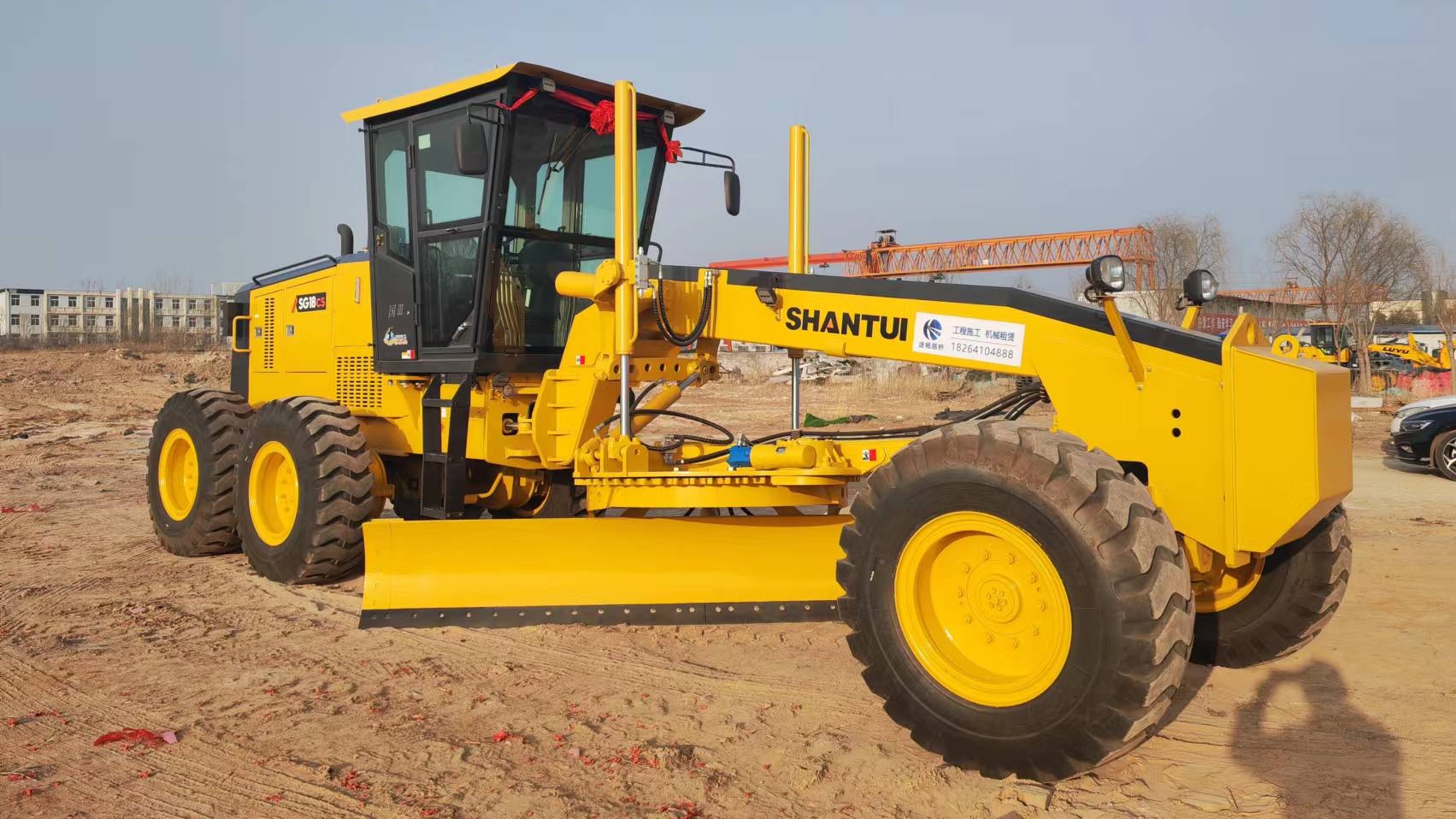
1. 冷再生:指在工业过程中,将废气或废水从设备排放出去后,通过处理设备(例如换热器、热交换器)对其进行冷却,然后将冷凝的液体或固体物质分离出来,再回收利用其中的热能。因为从排放的冷却介质中回收热量,所以称为“冷”再生。冷再生可以在较低的温度下进行,因此有利于节约能源和降低生产成本。
1. Cold regeneration: refers to the process in which waste gas or wastewater is discharged from equipment and cooled by treatment equipment (such as heat exchangers), and then the condensed liquid or solid substances are separated and the heat energy is recovered. Because heat is recovered from the discharged cooling medium, it is called "cold" regeneration. Cold regeneration can be carried out at lower temperatures, which is beneficial for energy conservation and reducing production costs.
2. 热再生:指在工业过程中,采用专门的回收装置(例如空气预热器、燃烧器等)对高温废气或废水进行再生利用,从中回收相应的热能,提高热效率。因为是回收高温废气或废水中的热能,所以称为“热”再生。热再生通常需要在较高的温度下进行,所以需要更高的技术要求和装备投资。
2. Thermal regeneration: refers to the use of specialized recovery devices (such as air preheaters, burners, etc.) in industrial processes to regenerate and utilize high-temperature exhaust gas or wastewater, recovering corresponding heat energy and improving thermal efficiency. Because it is the recovery of heat energy from high-temperature exhaust gas or wastewater, it is called "thermal" regeneration. Hot regeneration usually requires higher temperatures, so higher technical requirements and equipment investment are needed.
需要注意的是,在实际应用过程中,冷再生和热再生往往会同时使用,或者相互补充以达到更高的节能效果。具体采用哪种再生方式,取决于实际工艺参数、生产环境和设备特点等。
It should be noted that in practical applications, cold regeneration and hot regeneration are often used simultaneously or complement each other to achieve higher energy-saving effects. The specific regeneration method used depends on actual process parameters, production environment, and equipment characteristics.
本文由冷再生机租赁友情奉献.更多有关的知识请点击:https://www.sddhfjx.com/真诚的态度.为您提供为的服务.更多有关的知识我们将会陆续向大家奉献.敬请期待.


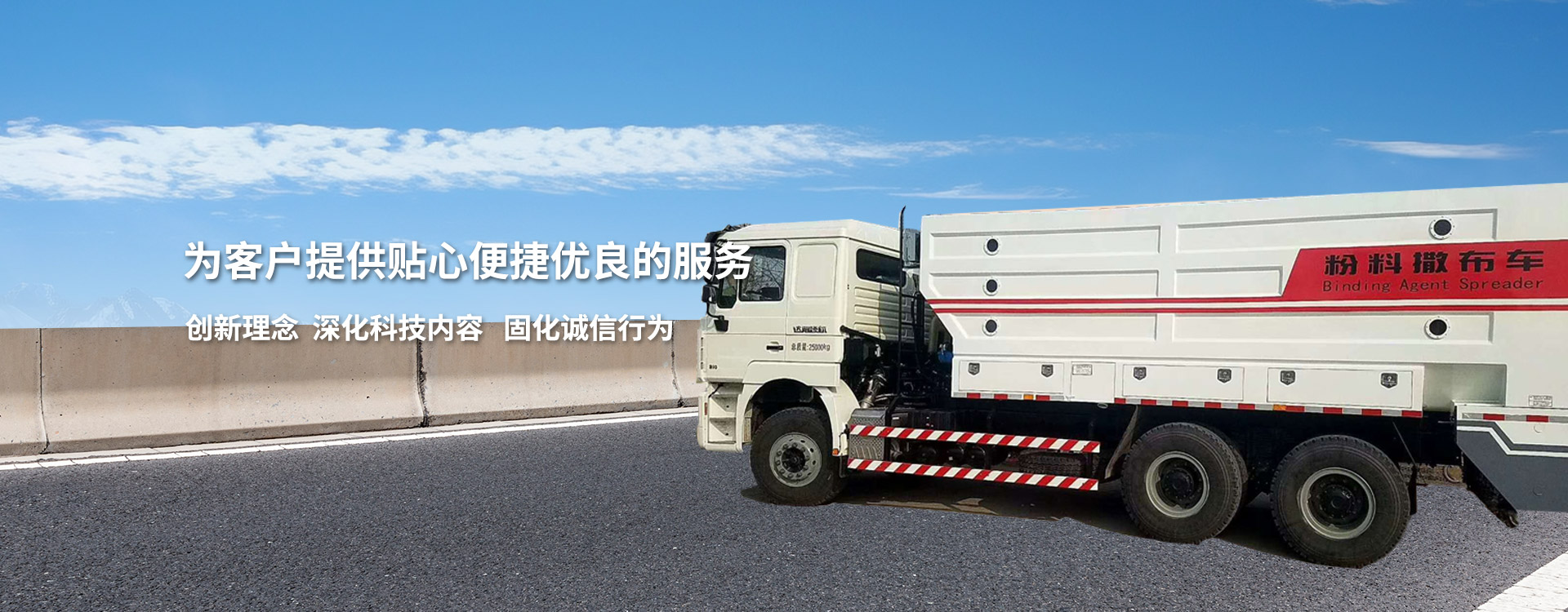
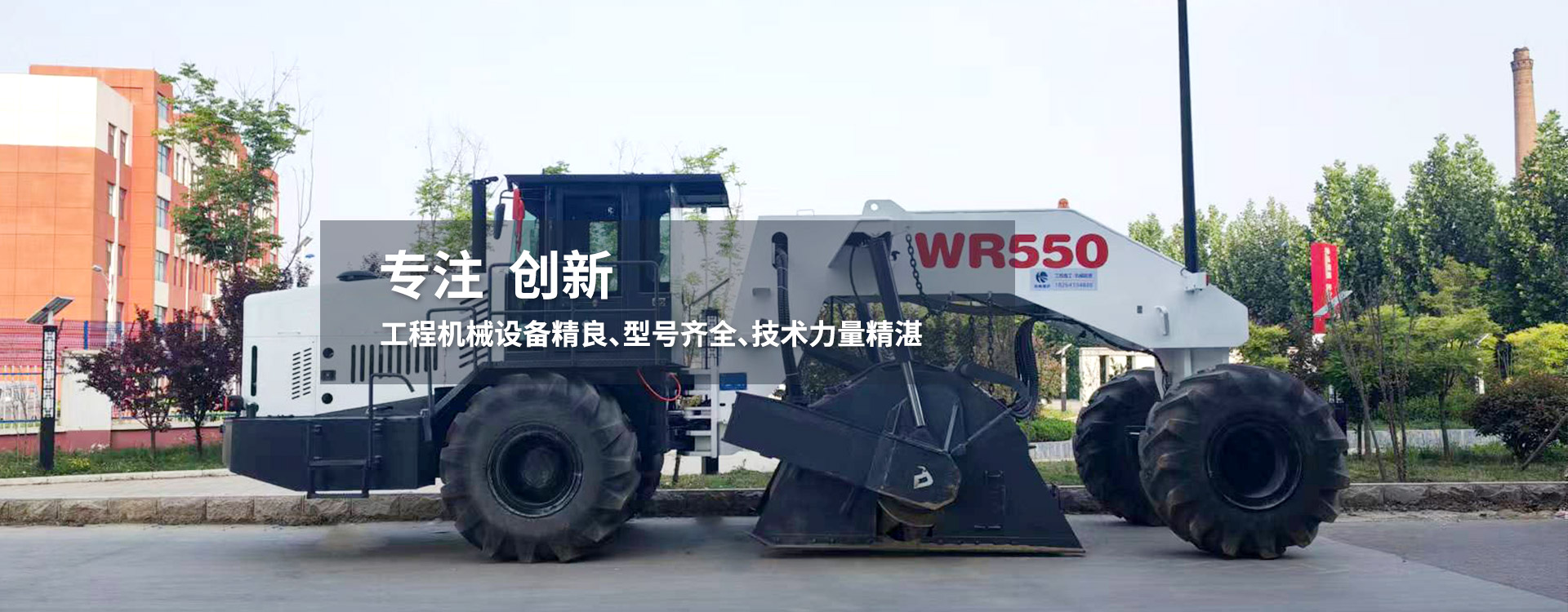

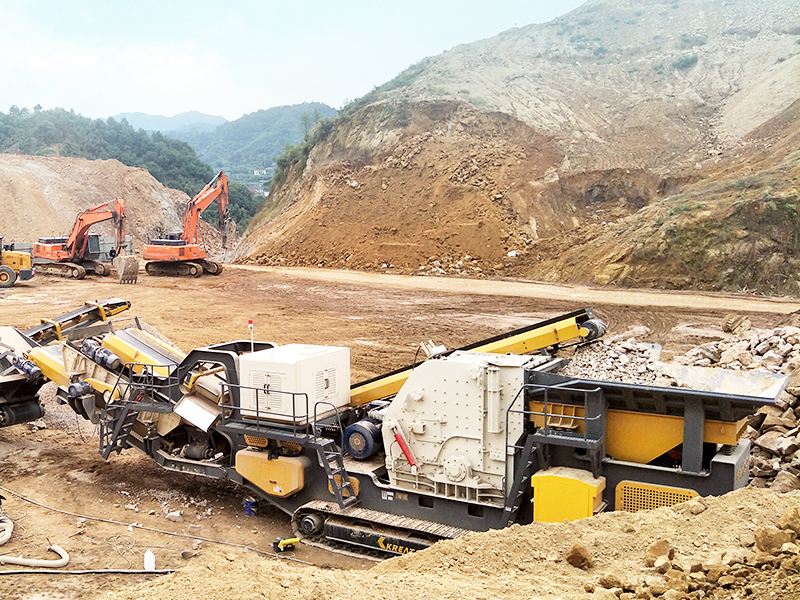
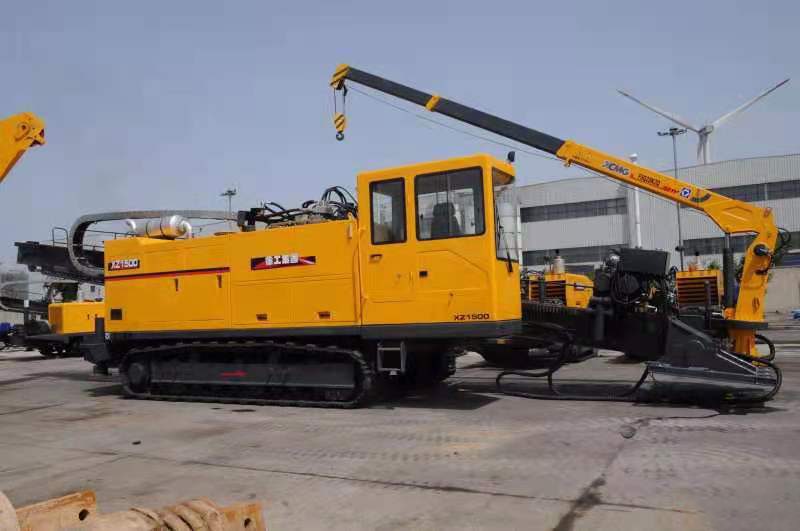
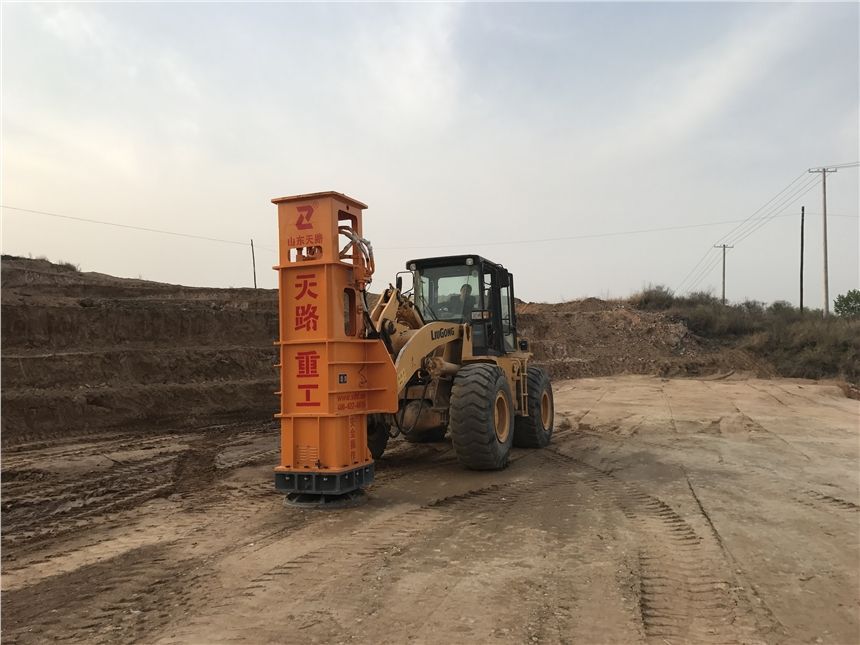
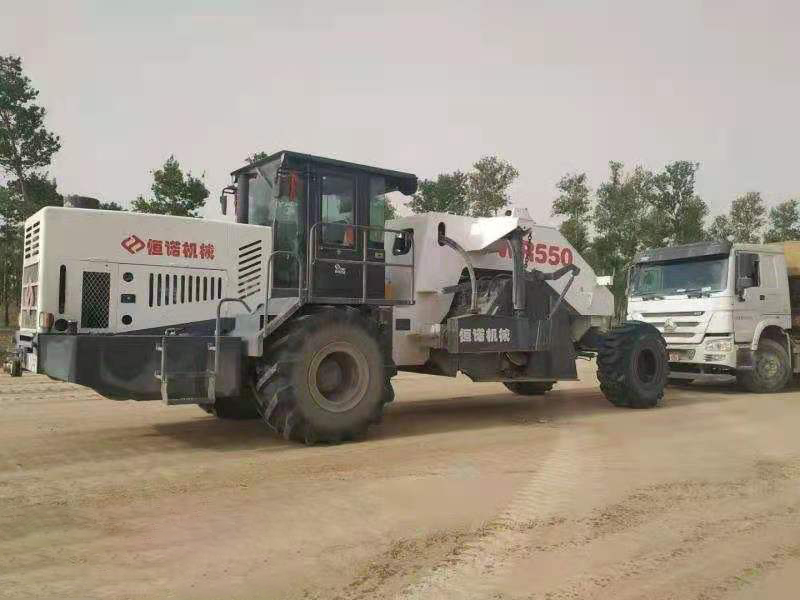
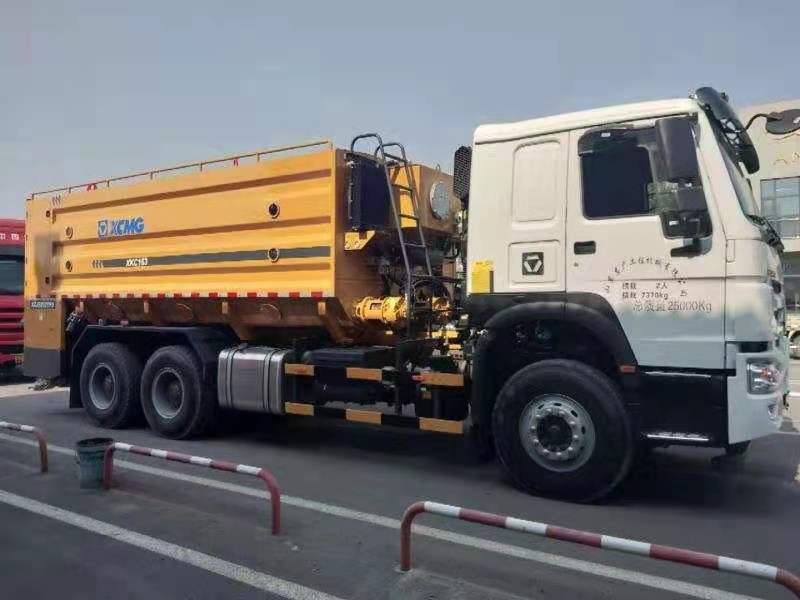
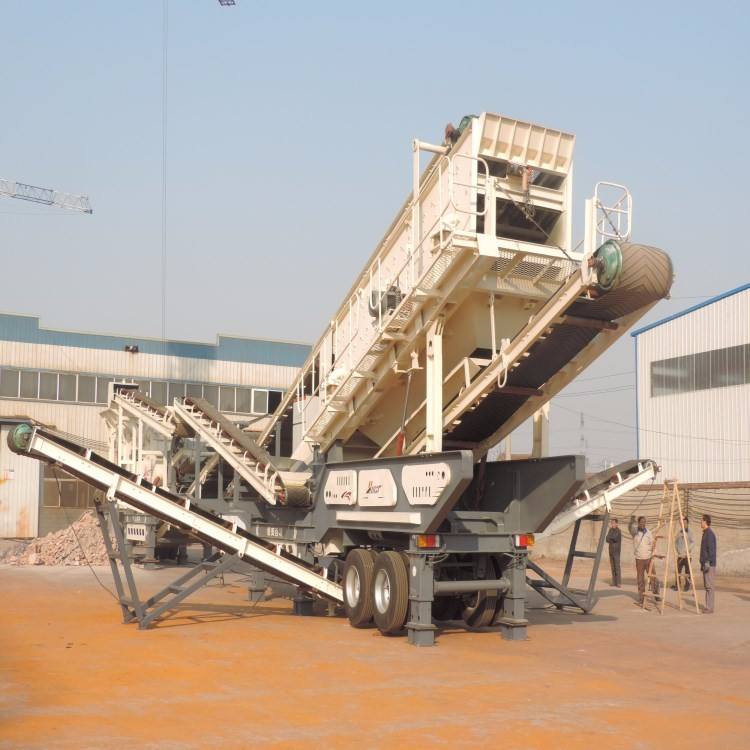

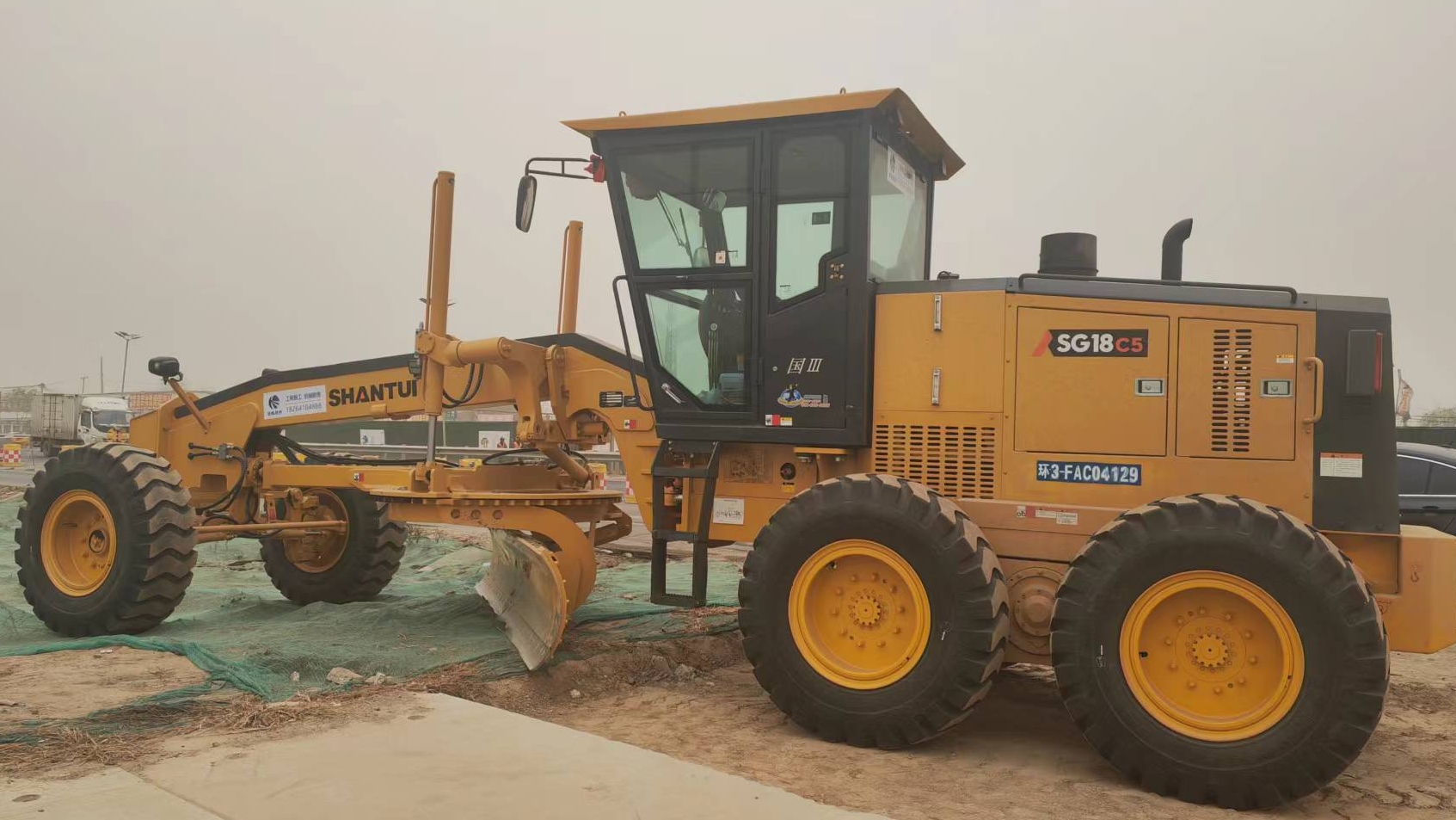
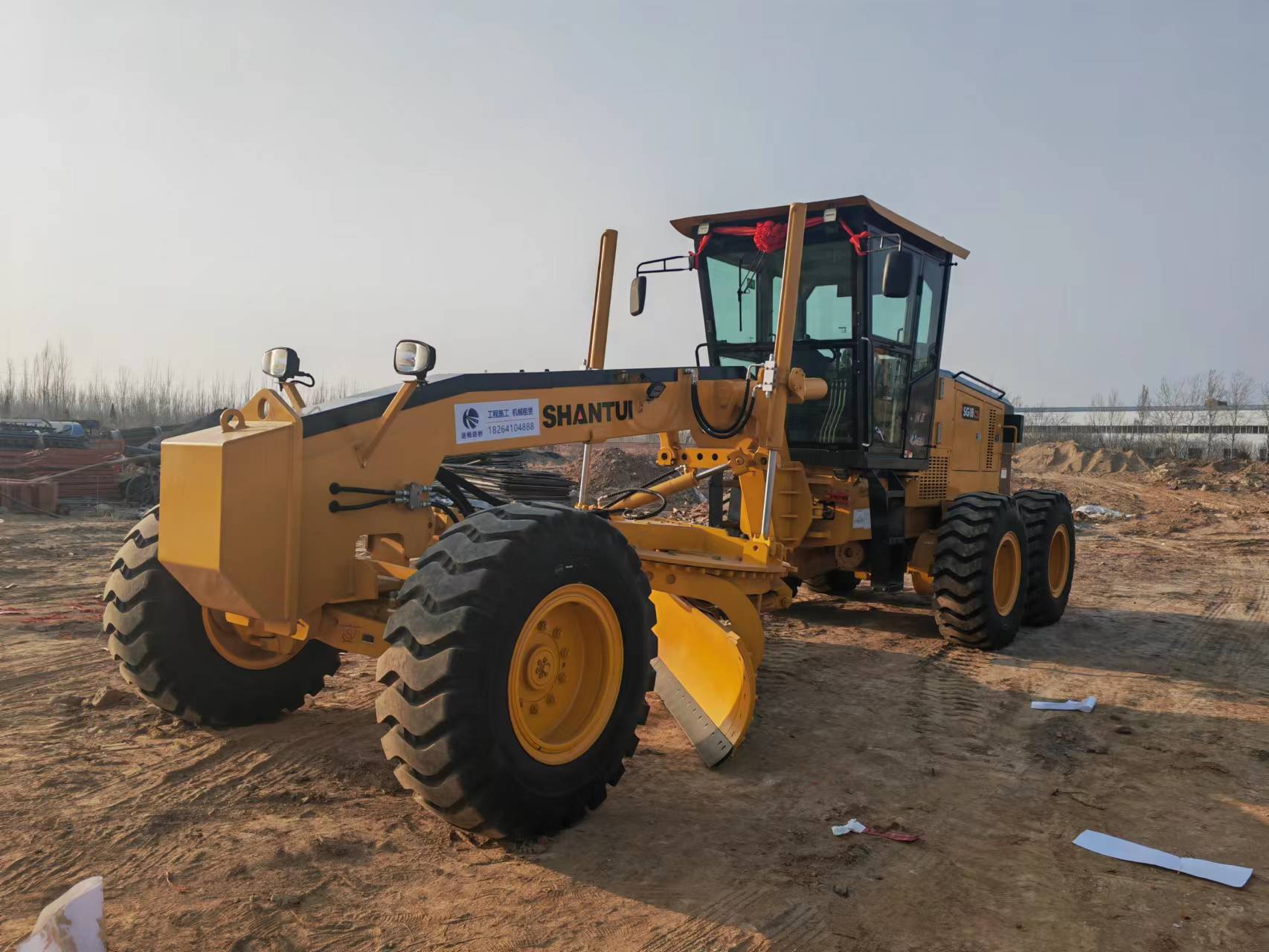
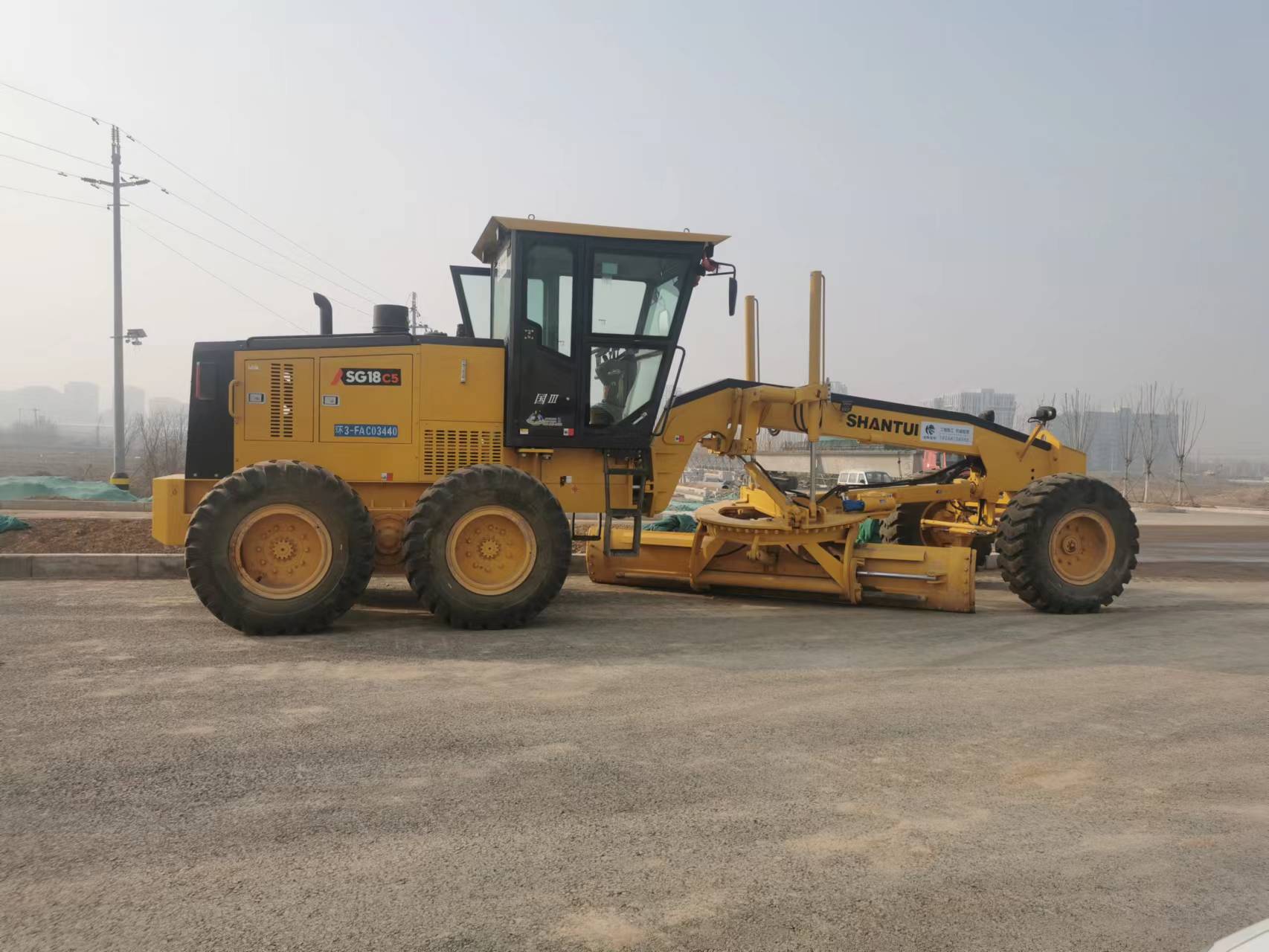
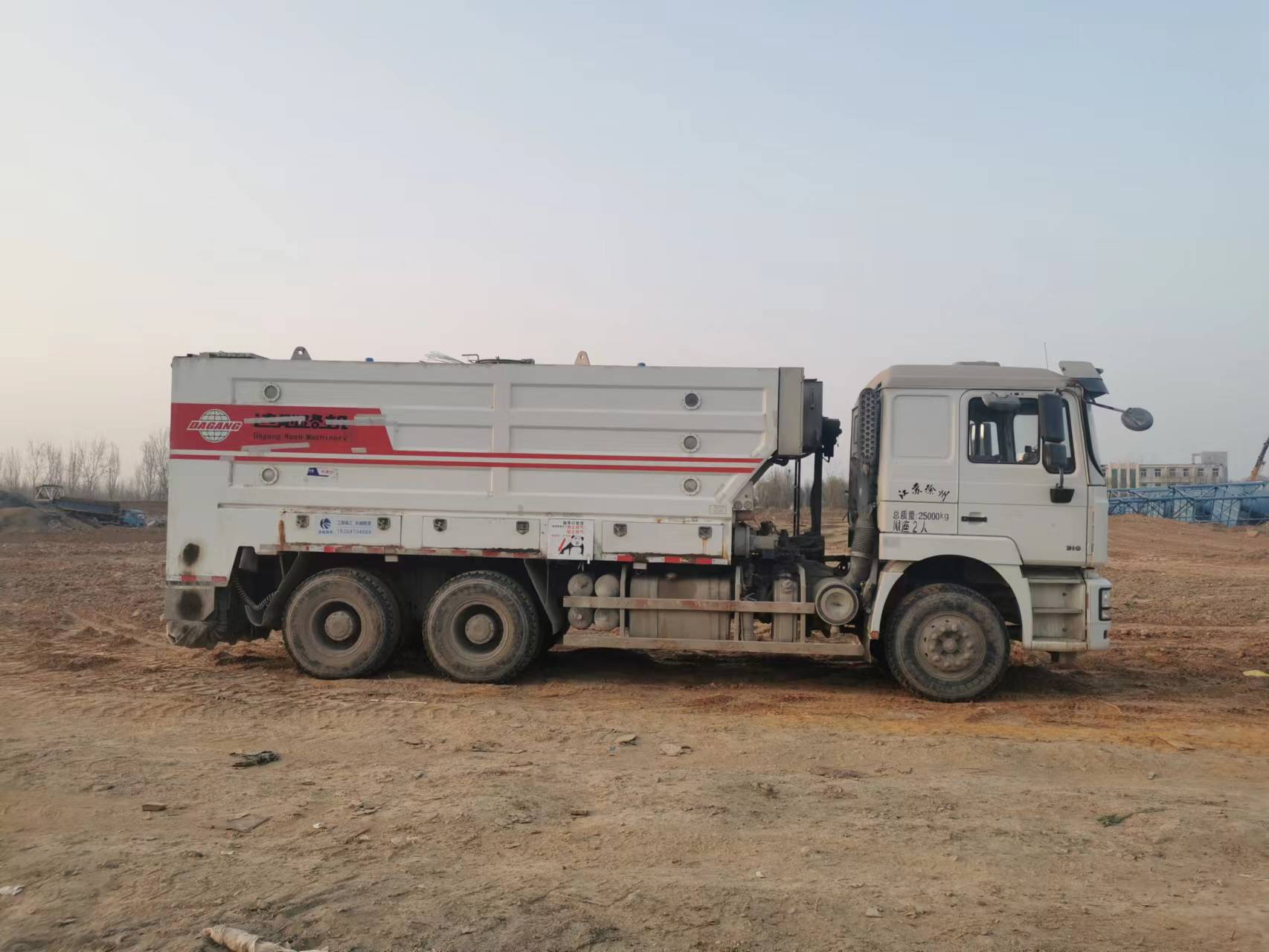
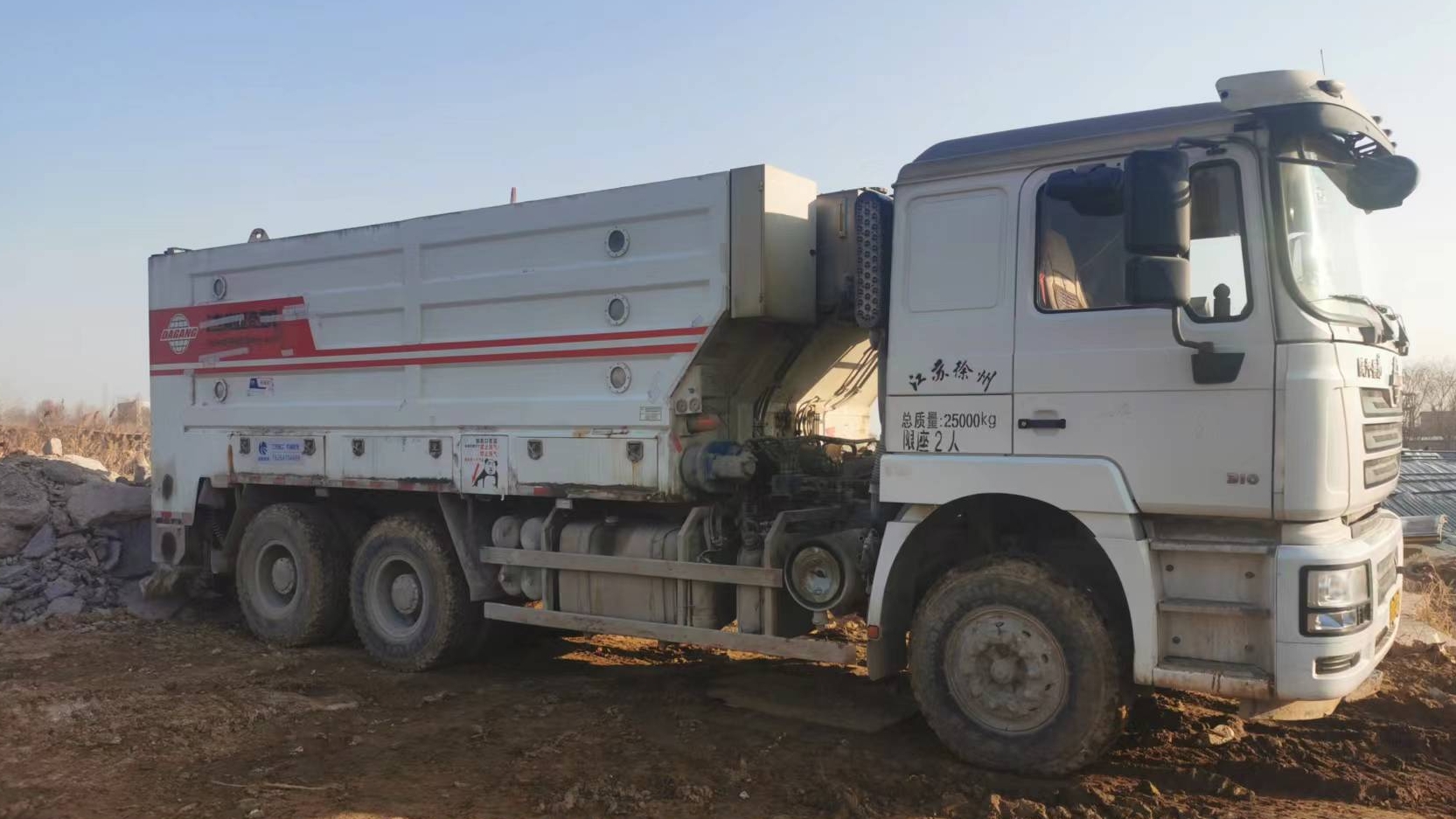
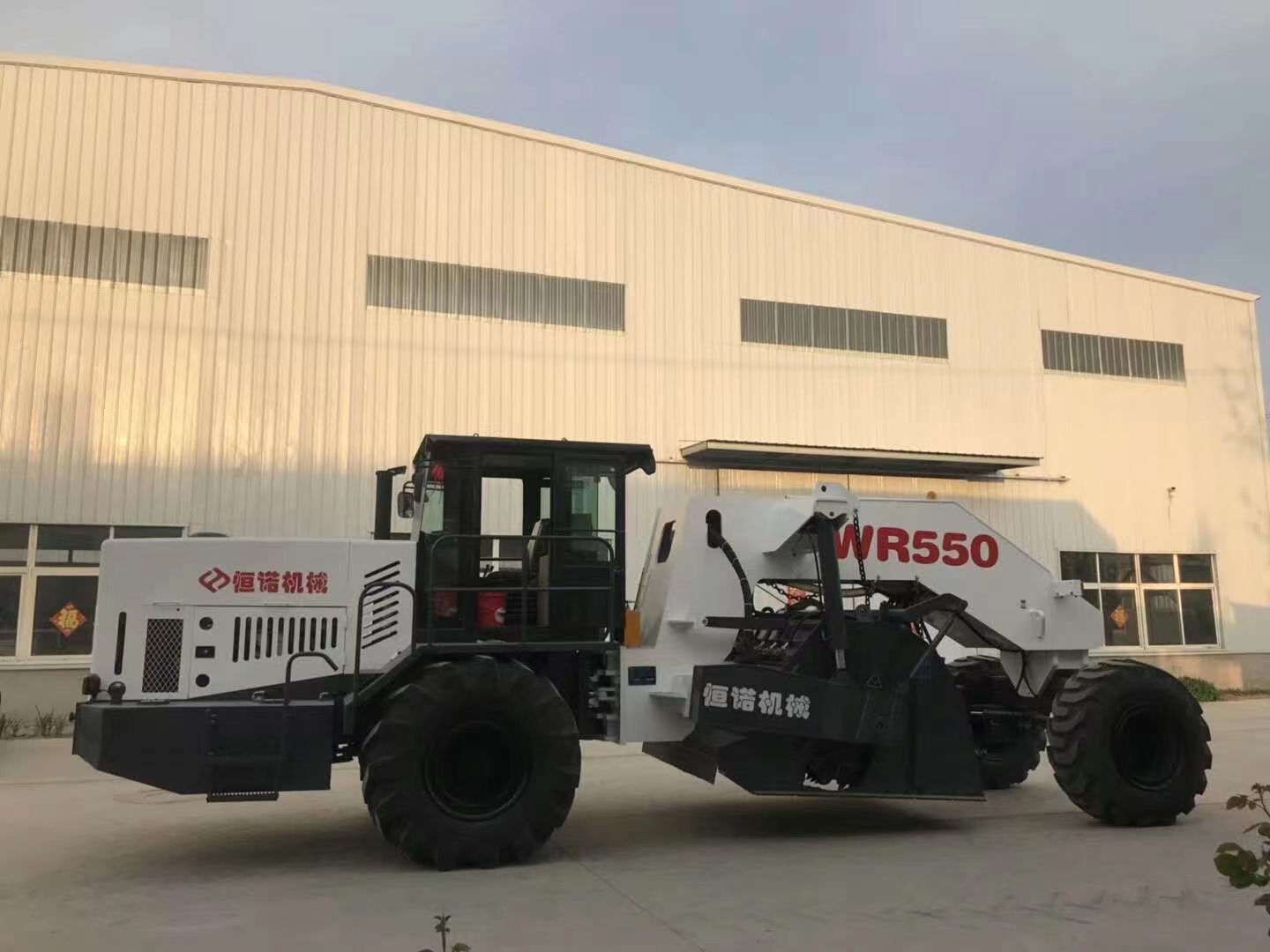
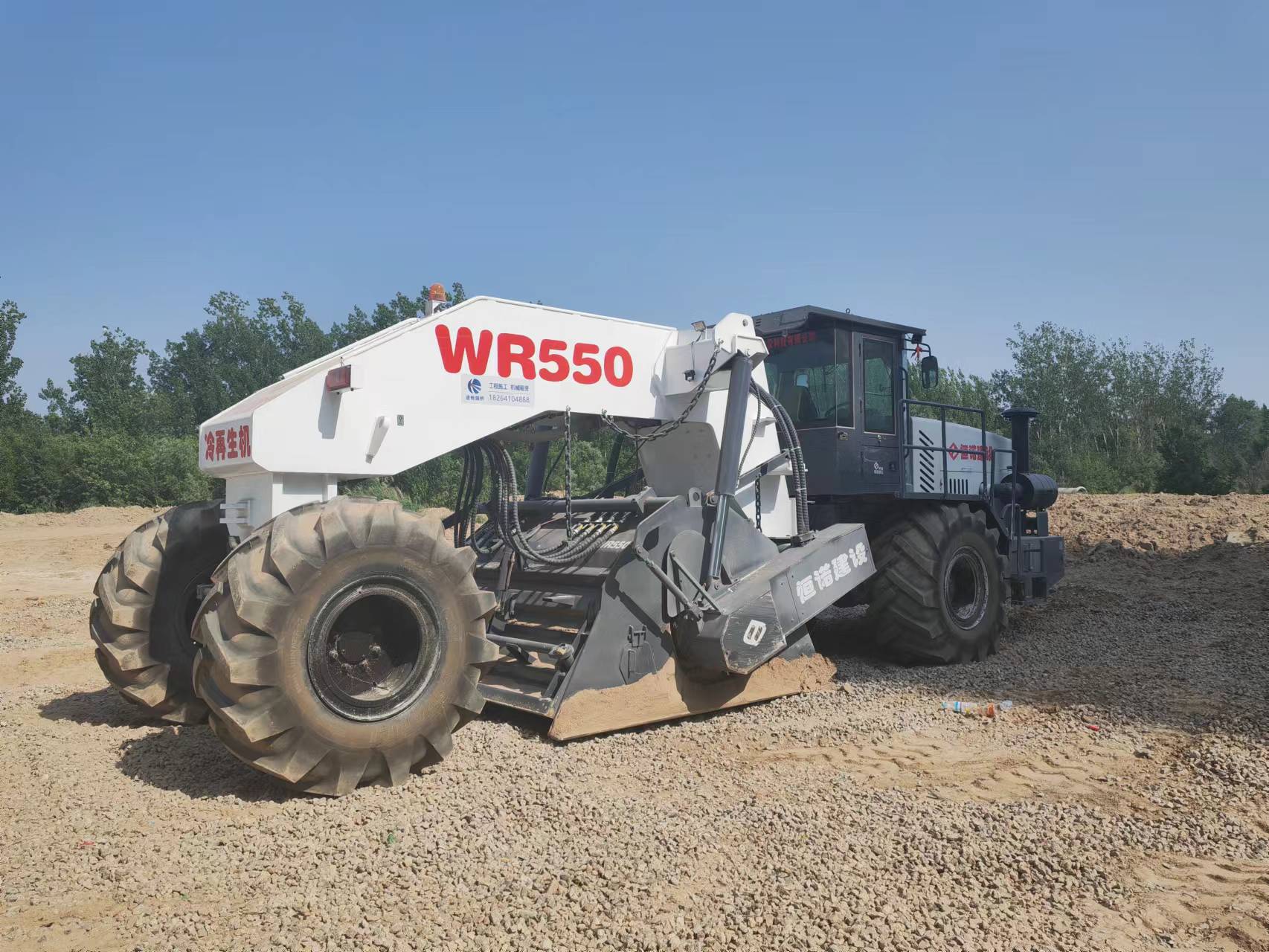
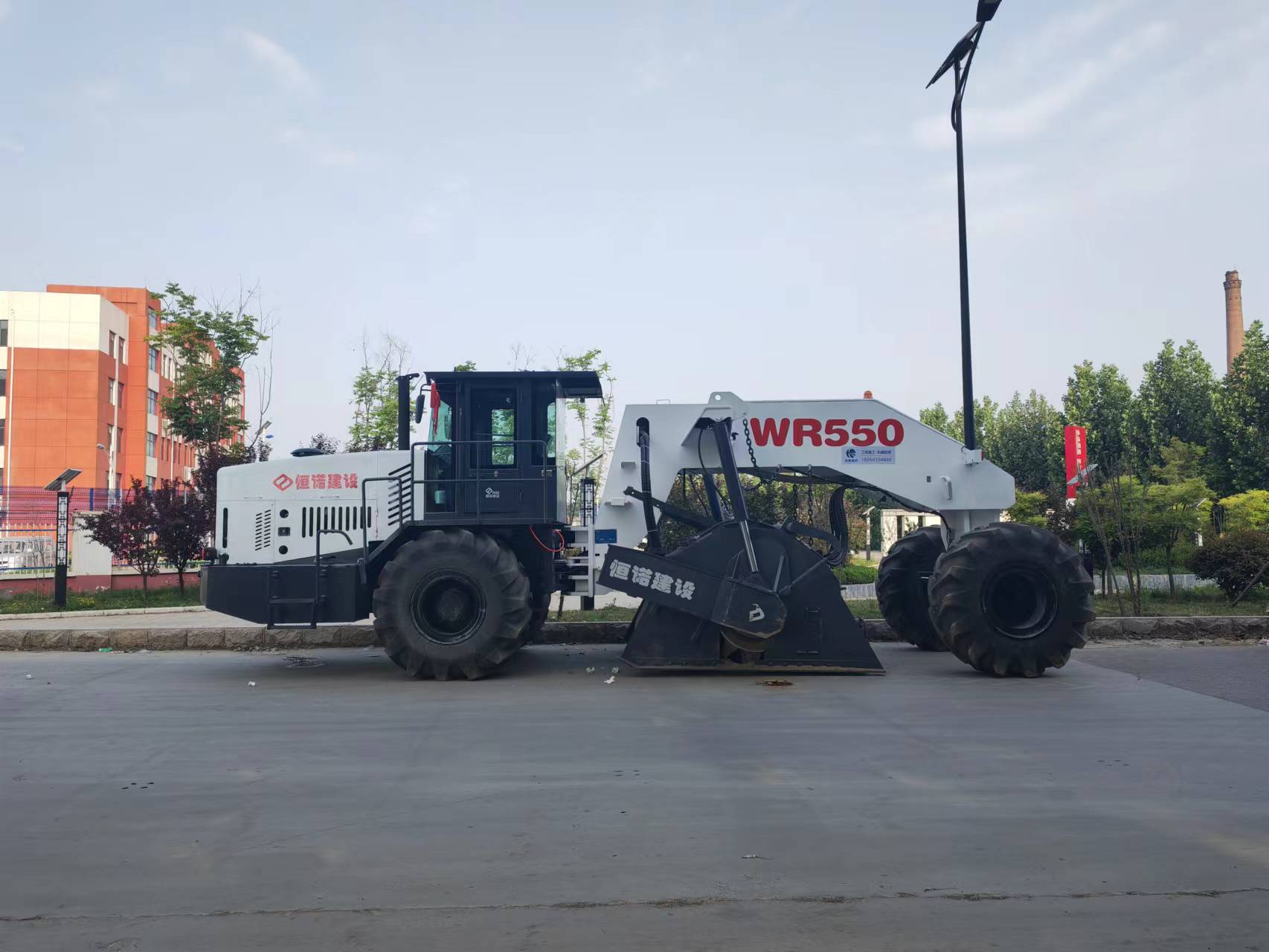
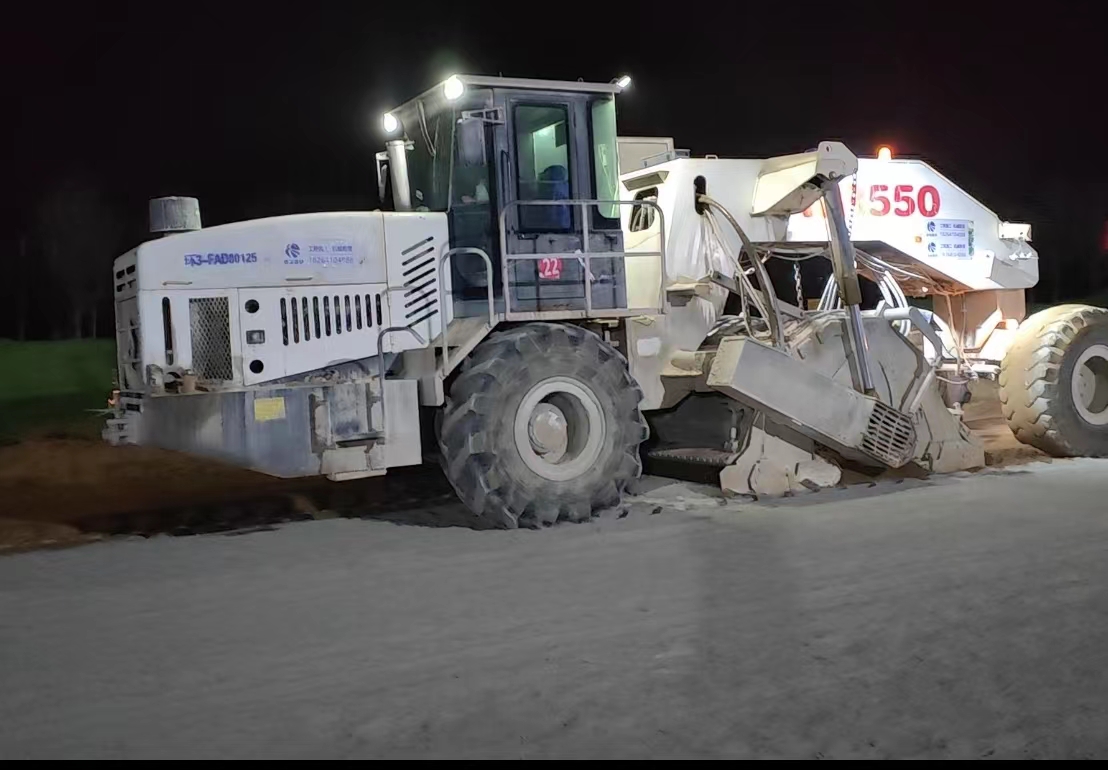
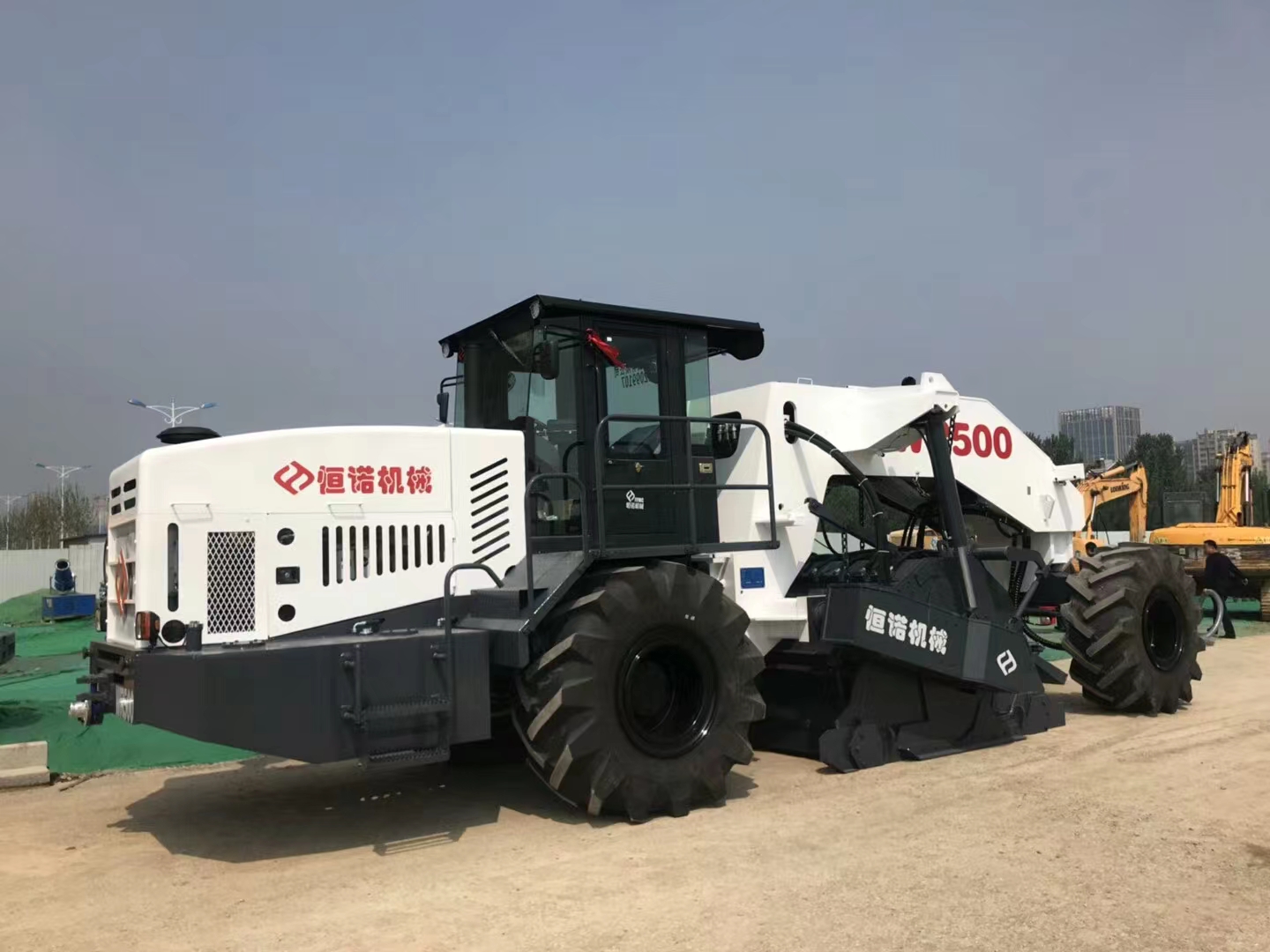
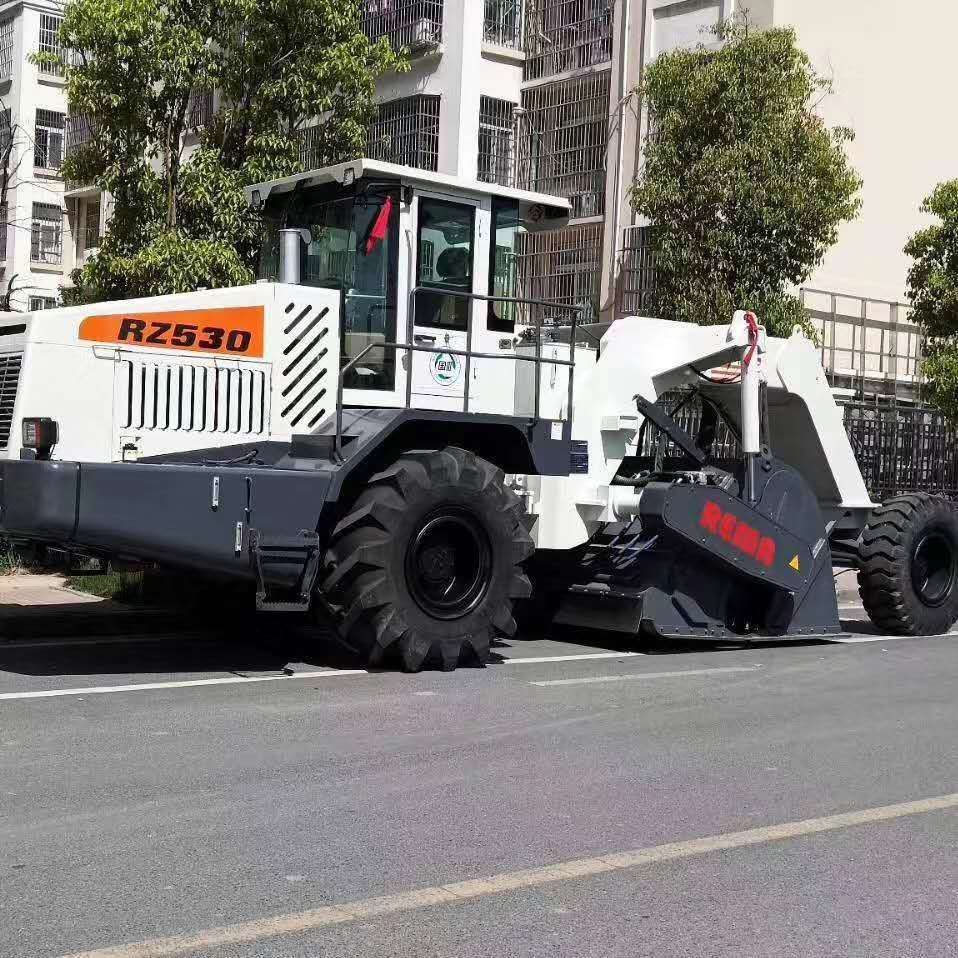
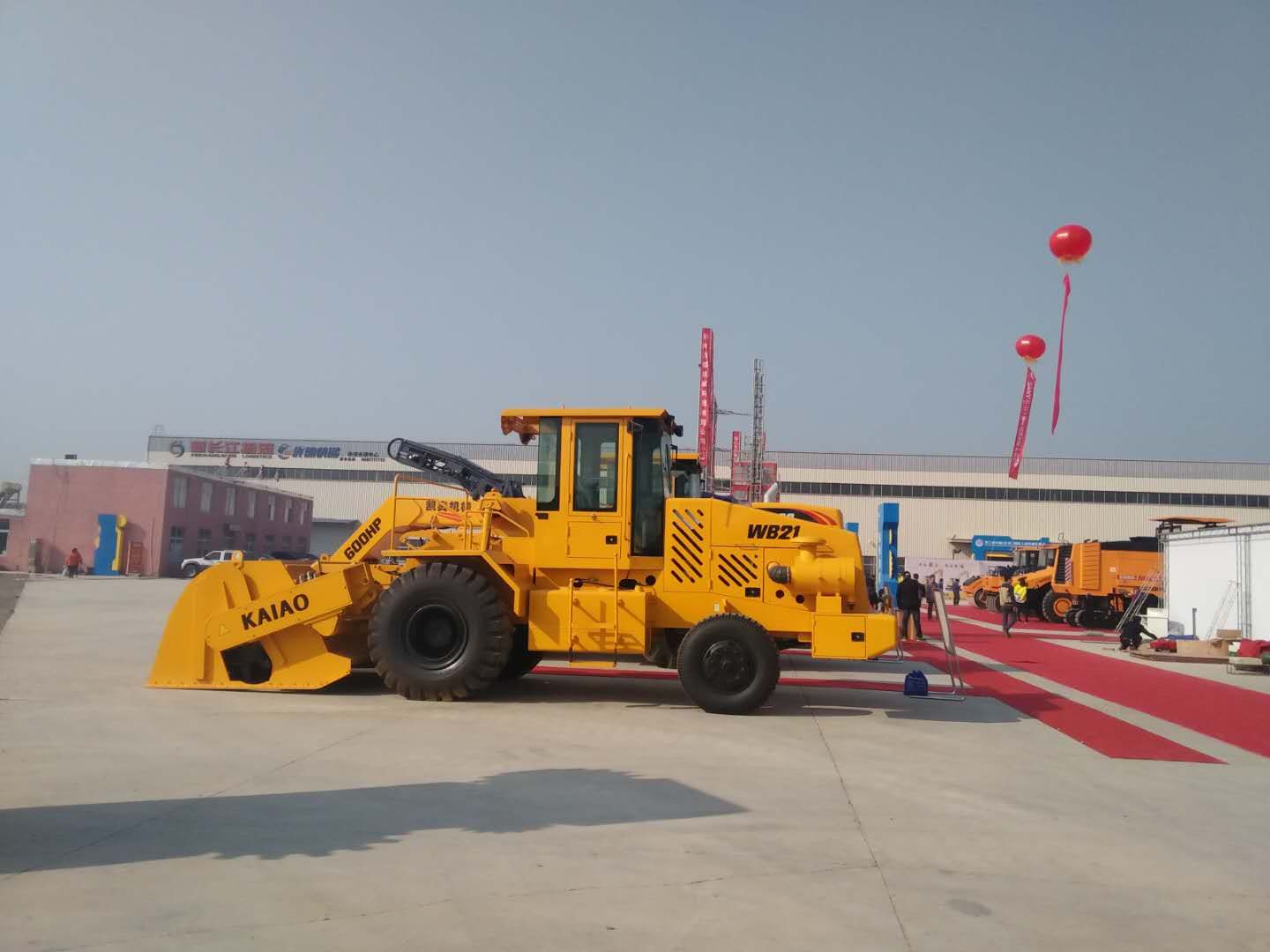
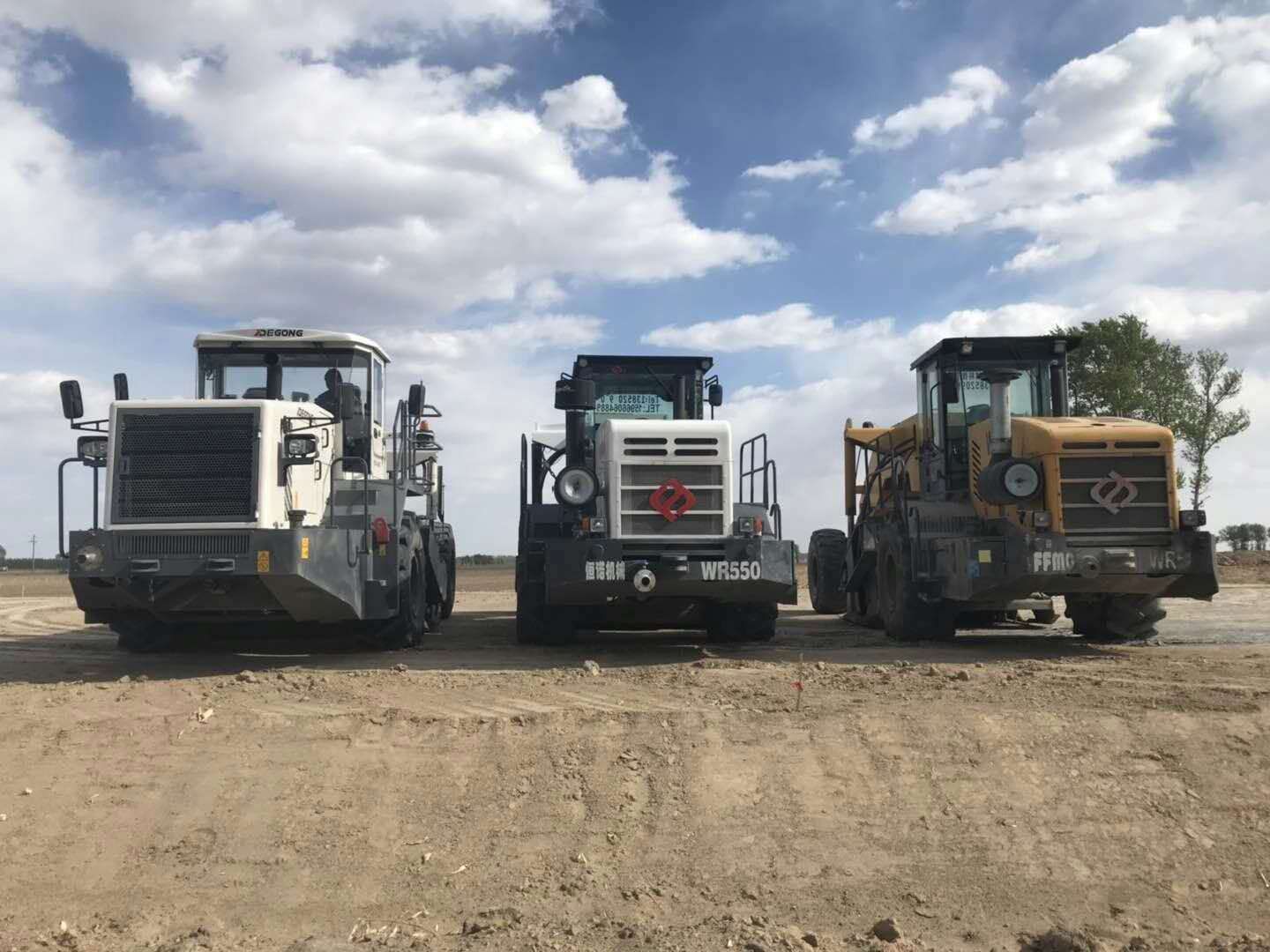

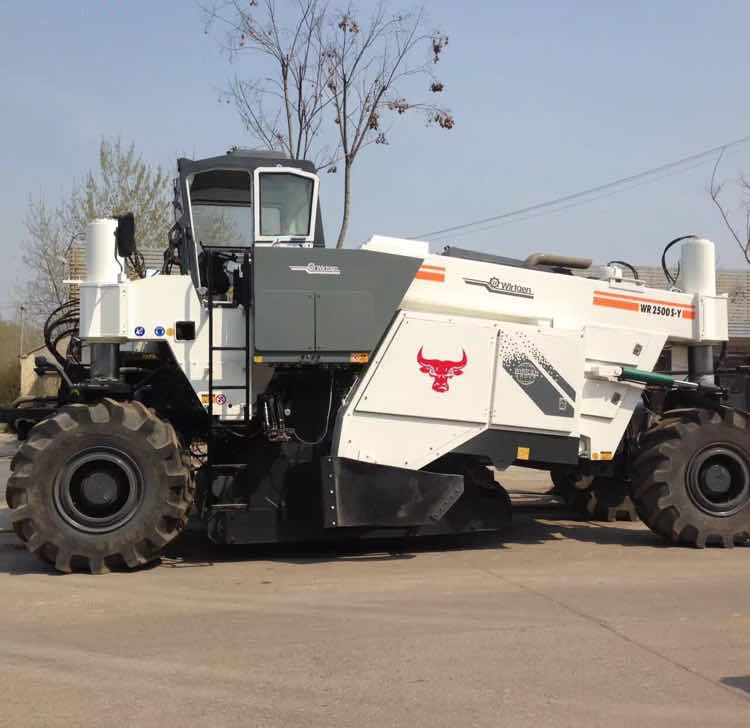
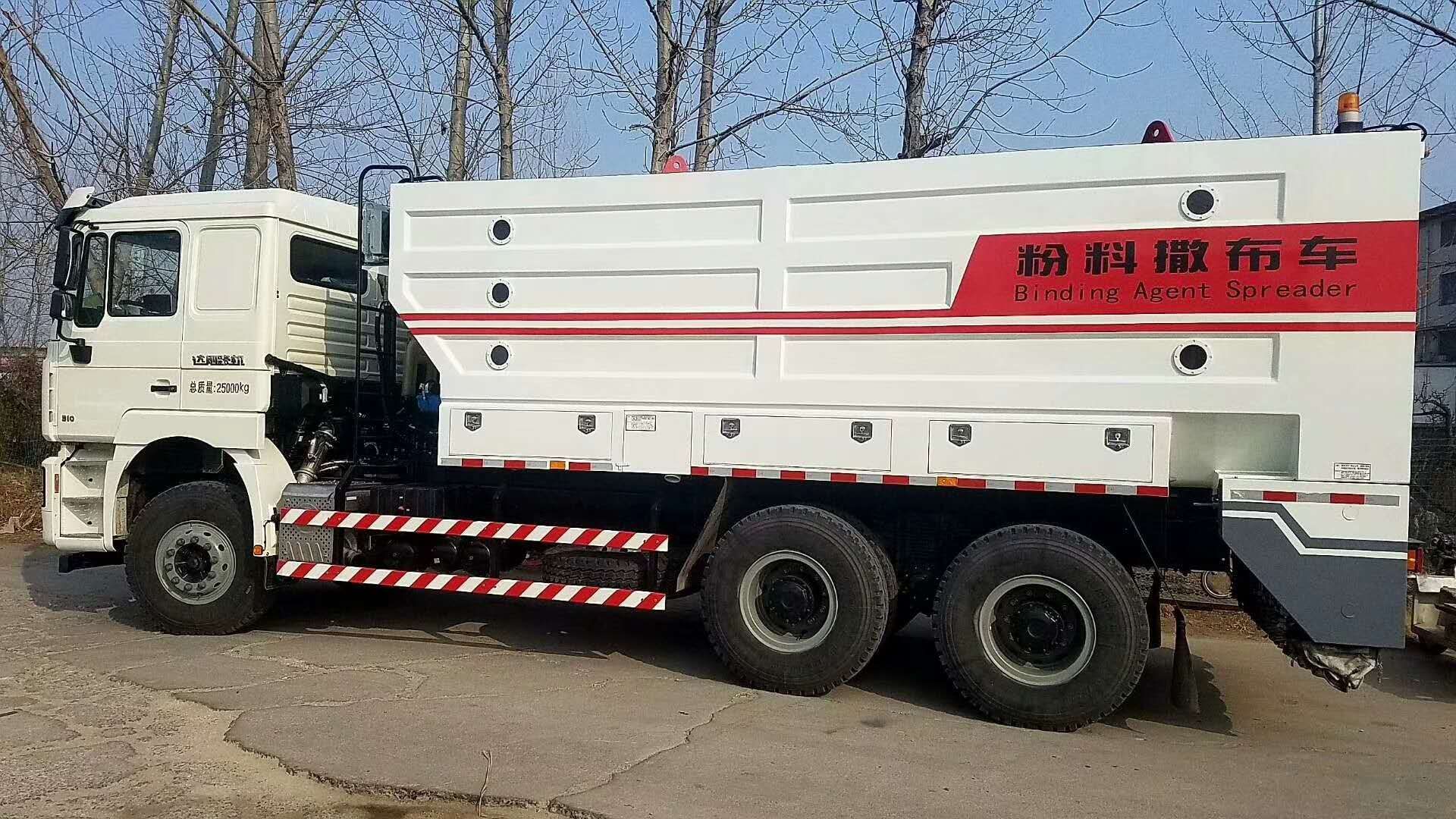
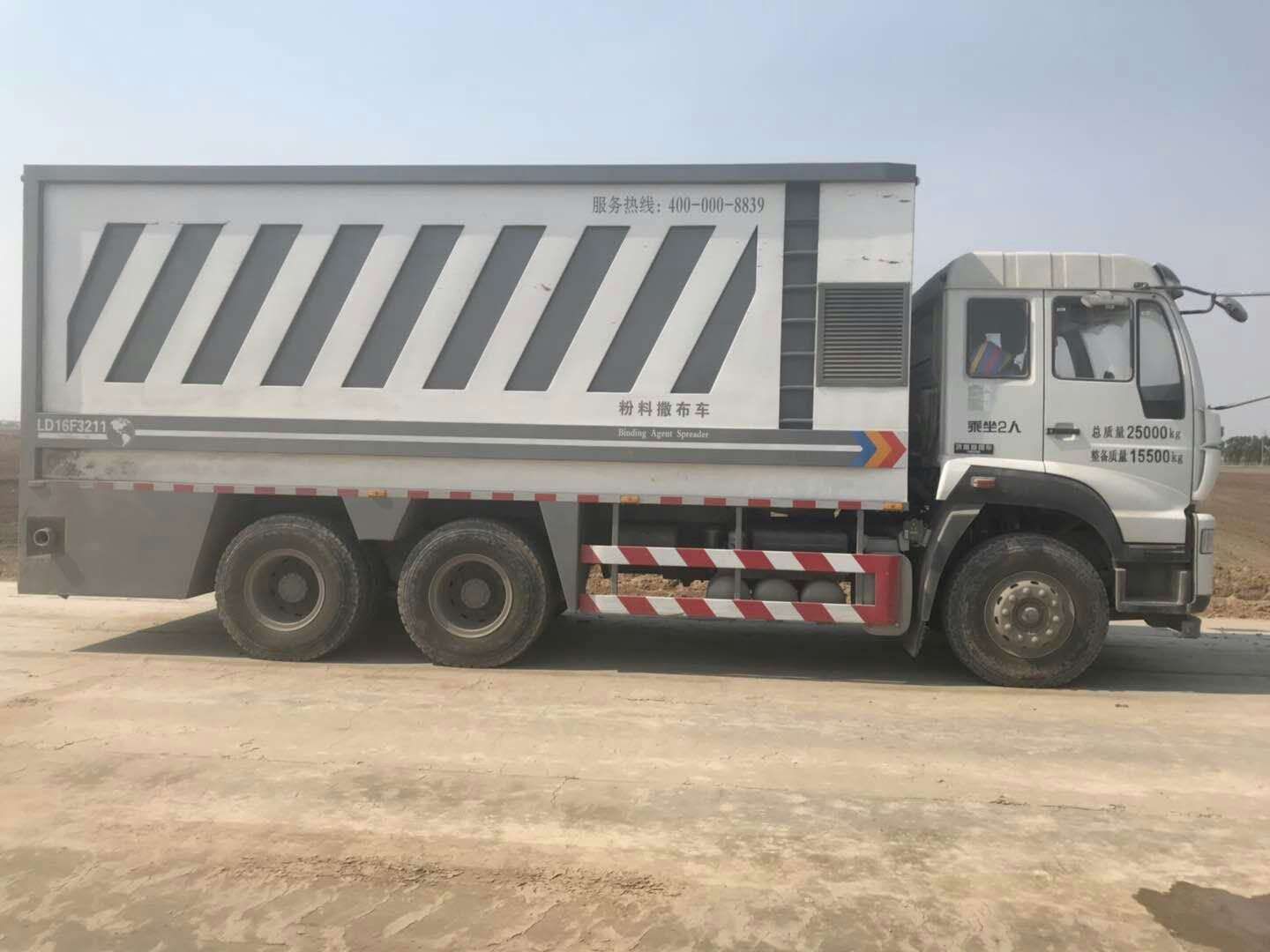
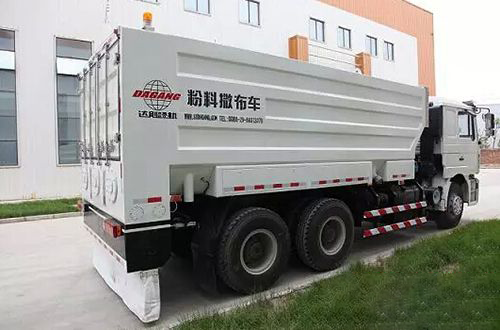
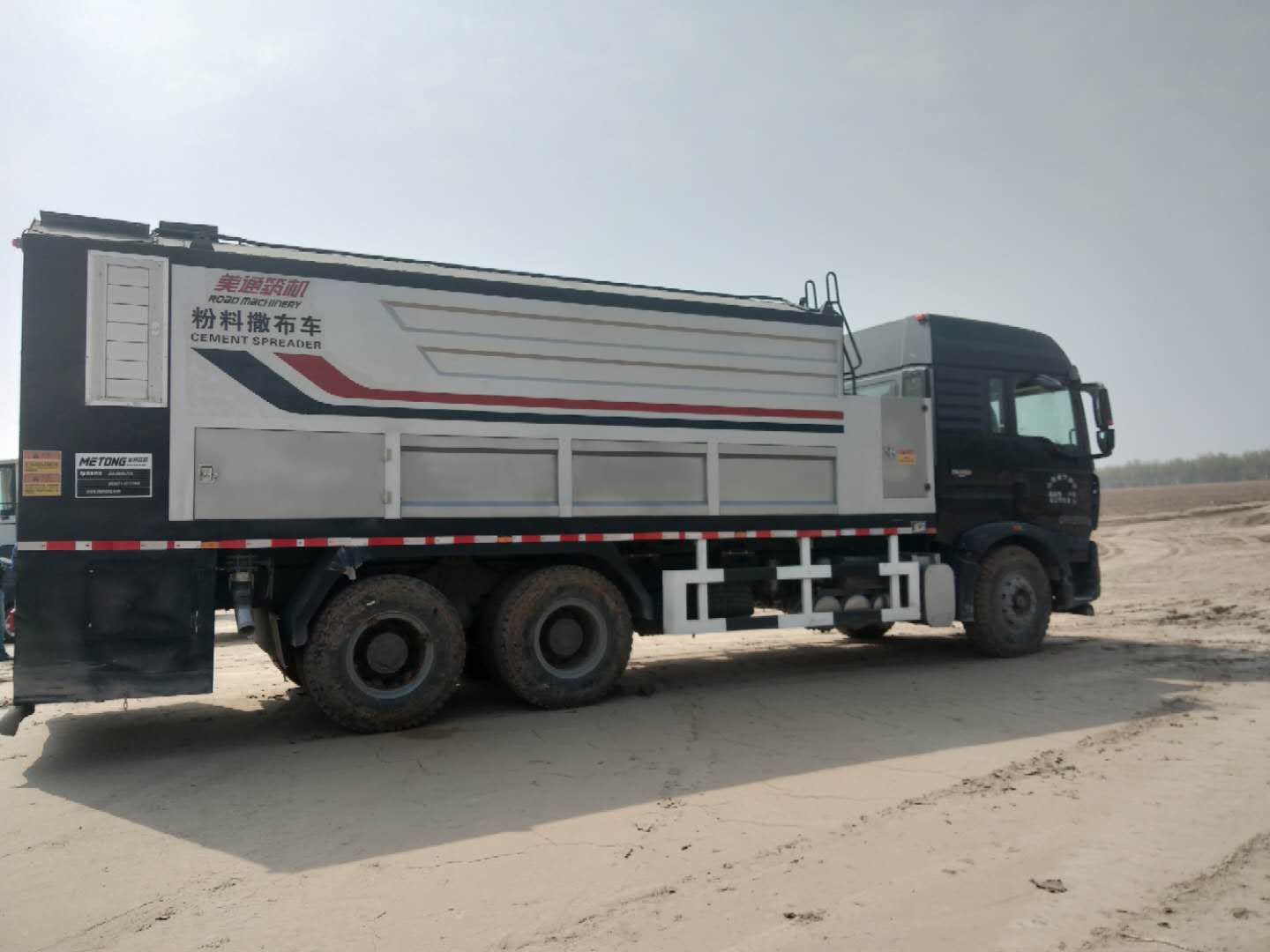
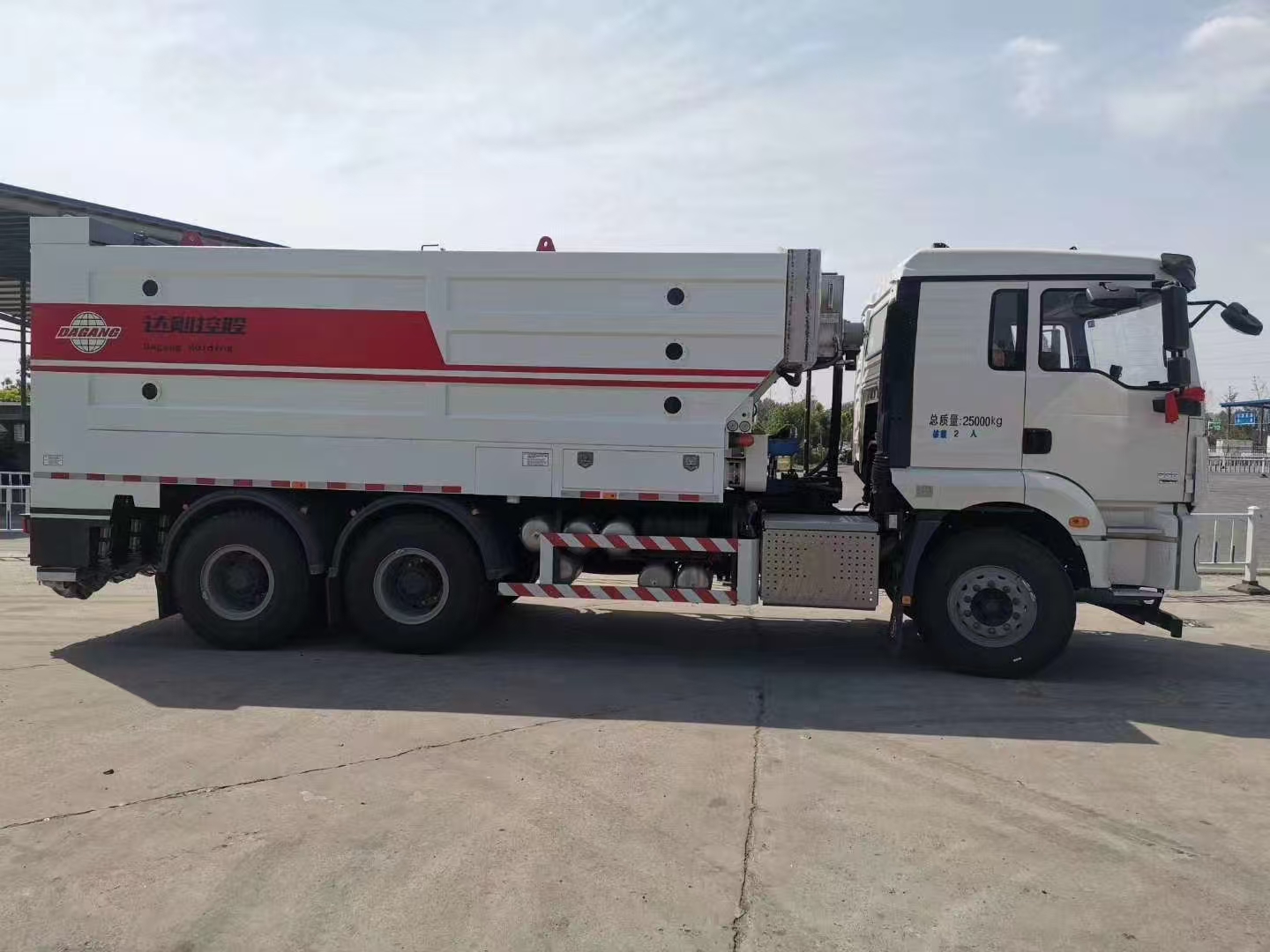




 公司地址:济南市槐荫区经一路273号群盛华城2号楼1-404
公司地址:济南市槐荫区经一路273号群盛华城2号楼1-404 公司名称:山东途畅路桥工程有限公司
公司名称:山东途畅路桥工程有限公司  备案号:
备案号: